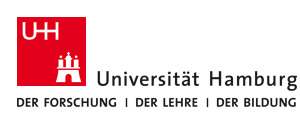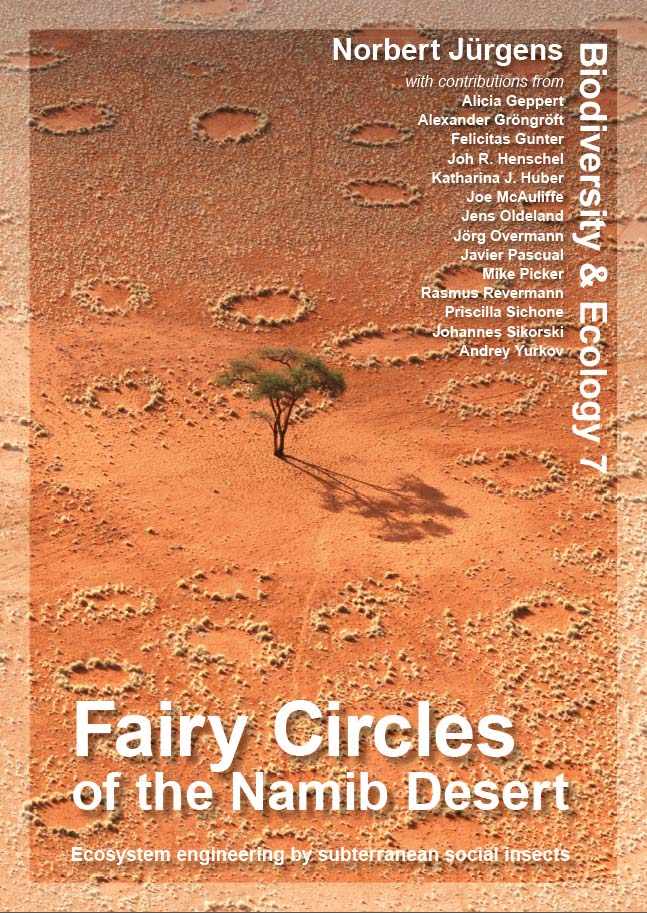
|

Department of Biology Institute of Plant Science and Microbiology |
| Division BEE > Biodiversity & Ecology > Vol.7 > Article 4.4b |
Biodiversity & Ecology
Journal of the Division Biodiversity, Evolution and Ecology of Plants , Institute for Plant Science and Microbiology, University of Hamburg.
4 Debate Book chapter 4.4 Open Access Phylogeny of sand termites Keywords: Psammotermes, sand termite, COI, COII, Phylogeography, Fairy circle, Namib Desert Abstract: The sand termite Psammotermes allocerus is widely distributed in southern Africa. To investigate the genetic diversity of this species 113 samples were collected in the arid regions of South Africa, Namibia and Angola in fairy circles and also in landscapes without fairy circles. The mitochondrial markers COI and COII were selected to perform Bayesian Inference analysis. The phylogenetic tree is composed of eight well-supported genetic groups within the species complex. In a synopsis with also studied morphological features the eight groups Northern Namib, Western Kalahari Basin, Nama, Southwestern Kalahari, East Gariep, Southern Namib, Tsau IIKhaeb and Succulent Karoo should be considered as distinct species. The species name P. allocerus should be used for termite collections of the Succulent Karoo due to their basal position in the phylogeny.
Suggested citation: |
